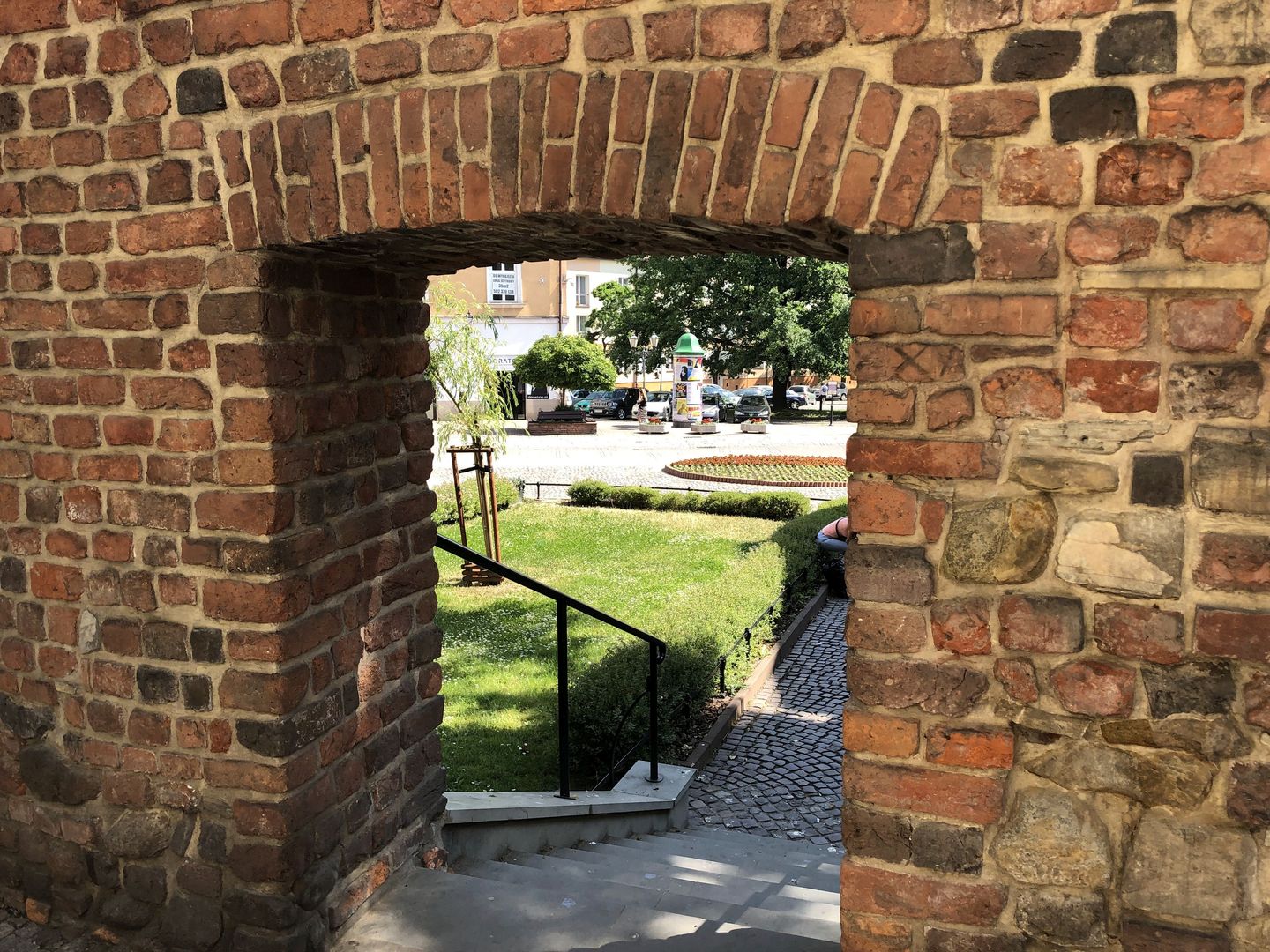City walls in Tarnów
6.53

Overview
The city walls of Tarnów, likely erected in the 14th century, form an exceptionally important element of the city's history and architecture. They enclosed an area of approximately 6 hectares and stretched about 900 meters in length. Constructed from brick and partially from stone, they originally stood between 3 and 6 meters high. The defensive system was expanded multiple times, particularly in the 16th century in response to the threat of Turkish aggression. During this period, additions such as a forewall, additional towers, and gates were built, making Tarnów's defenses one of the finest in southern Poland. The fortifications included not only the walls but also two main gates (Krakowska and Pilzneńska) and numerous sally ports, reflecting a well-developed defensive infrastructure.
As Tarnów grew dynamically, buildings began to encroach upon the walls, leading to their gradual neglect. Although the walls were maintained in good condition until the end of the 17th century, the economic crises of the 18th century halted their upkeep, resulting in their demolition starting around 1790. Today, only about 400 meters of these medieval fortifications remain, which were entered into the register of historical monuments in 2011.
Interestingly, during World War II, research on the walls uncovered previously unknown sections, and modern conservation efforts have restored their former glory. The Tarnów city walls are now part of the urban tourist trail "Medieval Walls of Tarnów" and represent a fascinating element of the region's cultural heritage.
Location
Tickets
Powered by GetYourGuide
2025 Wizytor | All Rights Reserved